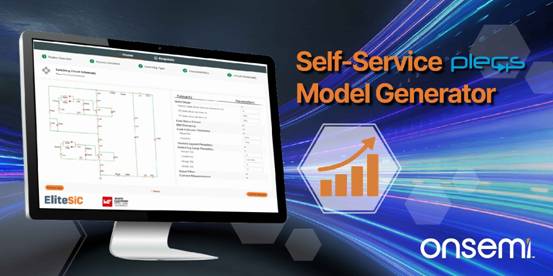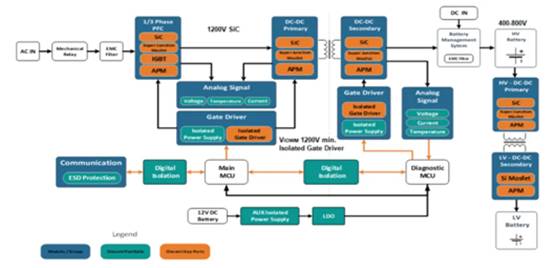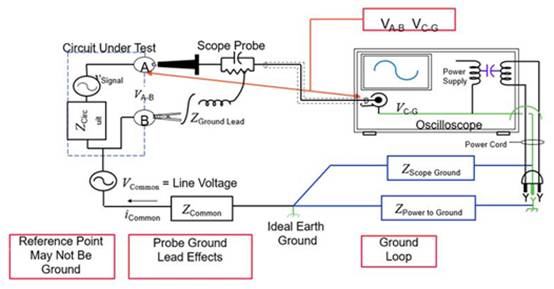Deep Learning是机器学习中一个十分挨近AI的范畴,其动机在于树立、模仿人脑进行剖析学习的神经网络,最近研讨了机器学习中一些深度学习的相关常识,本文给出一些很有用的资料和心得。
Key Words:有监督学习与无监督学习,分类、回归,密度估量、聚类,深度学习,Sparse DBN,
1. 有监督学习和无监督学习
给定一组数据(input,target)为Z=(X,Y)。
有监督学习:最常见的是regression & classification。
regression:Y是实数vector。回归问题,便是拟合(X,Y)的一条曲线,使得下式cost function L最小。
classification:Y是一个finite number,能够看做类标号。分类问题需求首要给定有label的数据操练分类器,故归于有监督学习进程。分类问题中,cost function L(X,Y)是X归于类Y的概率的负对数。
无监督学习:无监督学习的意图是学习一个function f,使它能够描绘给定数据的方位散布P(Z)。 包含两种:density estimation & clustering.
density estimation便是密度估量,估量该数据在恣意方位的散布密度
clustering便是聚类,将Z集合几类(如K-Means),或许给出一个样本归于每一类的概率。因为不需求事前依据操练数据去train聚类器,故归于无监督学习。
PCA和许多deep learning算法都归于无监督学习。
2. 深度学习Deep Learning介绍
Depth 概念:depth: the length of the longest path from an input to an output.
Deep Architecture 的三个特色:深度缺乏会出现问题;人脑具有一个深度结构(每深化一层进行一次abstraction,由lower-layer的features描绘而成的feature构成,便是上篇中说到的feature hierarchy问题,并且该hierarchy是一个稀少矩阵);认知进程逐层进行,逐渐笼统
3篇文章介绍Deep Belief Networks,作为DBN的breakthrough
3.Deep Learning Algorithm 的中心思维:
把learning hierarchy 看做一个network,则
①无监督学习用于每一层网络的pre-train;
②每次用无监督学习只操练一层,将其操练成果作为其higher一层的输入;
③用监督学习去调整一切层
这儿不负责任地舆解下,举个比方在Autoencoder中,无监督学习学的是feature,有监督学习用在fine-tuning. 比方每一个neural network 学出的hidden layer便是feature,作为下一次神经网络无监督学习的input……这样一次次就学出了一个deep的网络,每一层都是上一次学习的hidden layer。再用softmax classifier去fine-tuning这个deep network的系数。

这三个点是Deep Learning Algorithm的精华,我在上一篇文章中也有讲到,其间第三部分:Learning Features Hierachy & Sparse DBN就讲了怎么运用Sparse DBN进行feature学习。
4. Deep Learning 经典阅览资料:
The monograph or review paper Learning Deep Architectures for AI (Foundations & Trends in Machine Learning, 2009).
The ICML 2009 Workshop on Learning Feature Hierarchies webpage has a list of references.
The LISA public wiki has a reading list and a bibliography.
Geoff Hinton has readings from last year’s NIPS tutorial.
论述Deep learning首要思维的三篇文章:
Hinton, G. E., Osindero, S. and Teh, Y., A fast learning algorithm for deep belief netsNeural Computation 18:1527-1554, 2006
Yoshua Bengio, Pascal Lamblin, Dan Popovici and Hugo Larochelle, Greedy Layer-Wise Training of Deep Networks, in J. Platt et al. (Eds), Advances in Neural Information Processing Systems 19 (NIPS 2006), pp. 153-160, MIT Press, 2007<比较了RBM和Auto-encoder>
Marc’Aurelio Ranzato, Christopher Poultney, Sumit Chopra and Yann LeCun Efficient Learning of Sparse Representations with an Energy-Based Model, in J. Platt et al. (Eds), Advances in Neural Information Processing Systems (NIPS 2006), MIT Press, 2007<将稀少自编码用于回旋结构(convolutional architecture)>
06年后,大批deep learning文章出现,感兴趣的能够看下大牛Yoshua Bengio的总述Learning deep architectures for {AI},不过本文很长,很长……
5. Deep Learning东西—— Theano
Theano是deep learning的Python库,要求首要了解Python语言和numpy,主张读者先看Theano basic tutorial,然后依照Getting Started 下载相关数据并用gradient descent的办法进行学习。
学习了Theano的根本办法后,能够操练写以下几个算法:
有监督学习:
Logistic Regression – using Theano for something simple
Multilayer perceptron – introduction to layers
Deep Convolutional Network – a simplified version of LeNet5
无监督学习:
Auto Encoders, Denoising Autoencoders – description of autoencoders
Stacked Denoising Auto-Encoders – easy steps into unsupervised pre-training for deep nets
Restricted Boltzmann Machines – single layer generative RBM model
Deep Belief Networks – unsupervised generative pre-training of stacked RBMs followed by supervised fine-tuning
最终呢,推荐给我们根本ML的书本:
Chris Bishop, “Pattern Recognition and Machine Learning”, 2007
Simon Haykin, “Neural Networks: a Comprehensive Foundation”, 2009 (3rd edition)
Richard O. Duda, Peter E. Hart and David G. Stork, “Pattern Classification”, 2001 (2nd edition)









